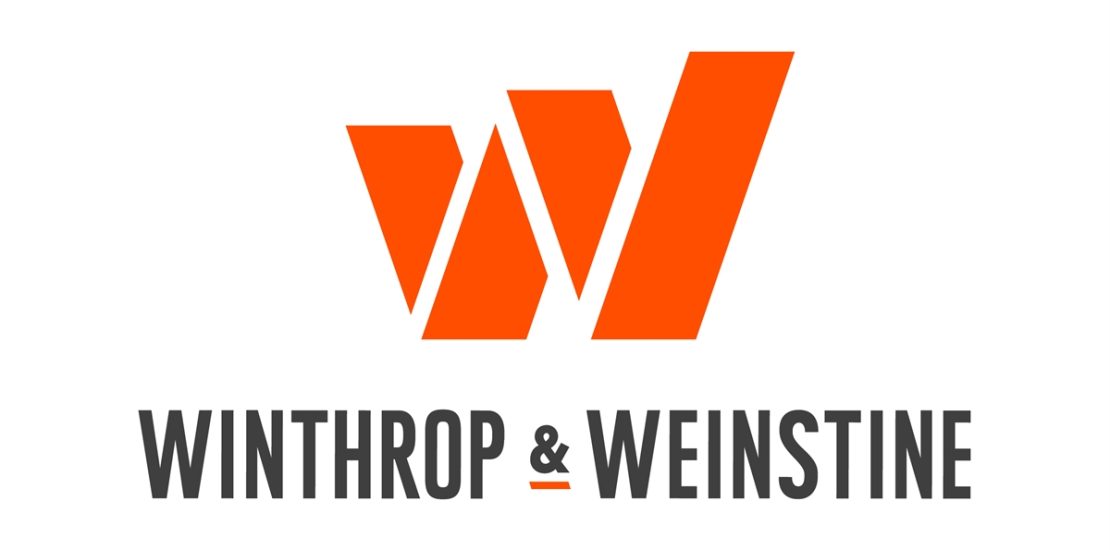- August 28, 2025
- Posted by: Regent Harbor Team
- Category: Business

Contents
If there’s one thing New Yorkers know, it’s how to navigate a change for all it’s worth. Let’s dig into what’s going on with the One Big Beautiful Bill Act (“H.R. 1”) and how it jazzes up Section 1202 of the Internal Revenue Code for small business owners and investors. Spoiler: It’s big news.
Hitting the Streets with New Changes
What’s New?
H.R. 1 shook things up with three major tweaks to the Section 1202’s QSBS benefits:
- Asset Limit Bump: From $50 million, we’re talking $75 million now.
- Holding Period Phasing: From rigid five years to a tiered approach starting at three.
- Tax Benefit Cap Raise: Flat cap jumps from $10 million to $15 million.
The timeline for these sweet deals kicks in for stock issued post-July 4, 2025. But that’s not all. From 2027 onward, $75 million will get a little inflation love.
The Numbers Game: QSBS Eligibility
Before H.R. 1
To get cozy with Section 1202, there were hoops to jump through.
Stockholder Eligibility Criteria
- Who’s Holding?: Non-corporate entities, like individuals or partnerships.
- Holding Period: Stock needs to sit tight for five years.
- Acquisition Method: Cash, property, or services, darling — not by swapping stocks.
Even if you’re a pass-through entity, think LLCs, the exclusion might still shine your way.
Issuing Corporation Requirements
Here’s where it gets corporate:
- C-Corps Only: Stock must be issued post-August 10, 1993.
- Asset Check: Less than $50 million in gross assets, folks.
Conversion timing is everything when switching from an LLC to a C-corp.
Qualifying Activities: The Business Hustle
The business must strut as a “qualified business.” That means:
- Assets in Check: Can’t cross $50 million gross.
- Activities: 80% must support qualifying actions. No health, law, or consulting gig.
For more details, dive into the IRC archives.
Sizing Up the Section 1202 Updates
Asset Limit Increase
Before H.R. 1: A business with more than $52 million assets couldn’t dream of QSBS. Post-H.R. 1: Up to $75 million is fine, opening the door for larger raises.
Shortened Holding Period
Before: Five years was a must. Now: Get partial exclusion at three years, scaling up until five.
Here’s a Quick Rundown:
| Years Held | Exclusion (%) |
|---|---|
| 3 | 50 |
| 4 | 75 |
| 5 | 100 |
Increase on Tax Benefit
Raising the cap means more savings in your pocket — from $10 million to $15 million. This jump plays for stock grabbed after July 2025.
When New Yorkers Need to Mind the Details
Getting it wrong can mean losing that QSBS status. An LLC eyeing conversion? Better do it before your assets hit that $50 million mark. Watch out for transactions that might disqualify you.
Pitfalls to Dodge:
- Excess Assets: Cash contributions can tip the scales.
- Company Cash: Holding too much isn’t chic.
Making the Most of It
Thinking about diving into small business investing? Remember, there’s a lot at stake. With careful planning, it’s a tax break made for savvy New Yorkers.
For more detailed guidelines, check Leto v. United States, No. CV‑20‑02180‑PHX‑DWL for court definitions.
Conclusion
Section 1202 is no small fry. For investors and business owners, it’s a treasure trove, but you need the street smarts to work it right. Document everything, stay informed, and those tax savings might just line your pocket. Want the full picture? Consult with your accountant or tax pro—you’ll be glad you did.
